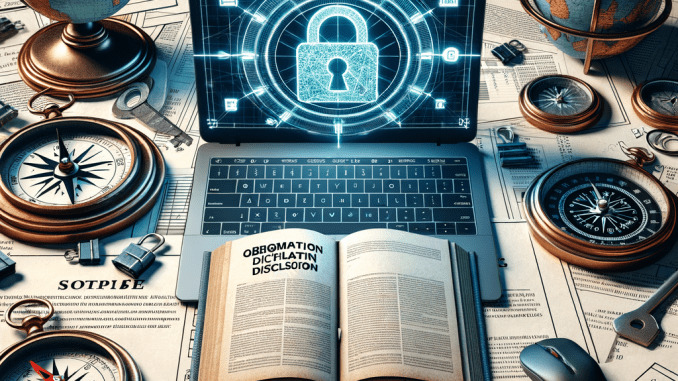
The article “Zero Trust: The Next Evolution in Cybersecurity” from Security Magazine highlights the growing importance of Zero Trust in modern cybersecurity strategies. Here is a summary of the key points:
1. **Zero Trust Principle**:
– Zero Trust operates on the principle of “never trust, always verify.” It assumes that no entity within or outside the network can be implicitly trusted, requiring continuous verification of every user, device, and application attempting to access the network.
2. **Limiting Lateral Movement**:
– Zero Trust networks are designed to limit lateral movement by segmenting the network into smaller segments. This prevents attackers from moving freely through the network, even if they breach one device.
3. **Real-Time Threat Detection**:
– Zero Trust involves continuous monitoring of user behavior and network activity in real-time. This allows for faster detection and response to threats, reducing the potential damage from a breach.
4. **Adapting to Cloud and Hybrid Environments**:
– As organizations shift towards cloud-first and hybrid cloud strategies, Zero Trust becomes crucial. It controls access to cloud resources, ensures data privacy, and secures API communications. Identity and Access Management (IAM) tools enforce least privilege access, while micro-segmentation prevents unauthorized lateral movement.
5. **Leveraging AI and Machine Learning**:
– Organizations are increasingly using AI and machine learning to enhance Zero Trust capabilities. These technologies analyze vast amounts of data in real-time to detect anomalies, identify potential threats, and automate responses. AI-driven analytics can flag unusual behavior, triggering additional verification or blocking access.
6. **Zero Trust in Remote and Hybrid Work**:
– The shift to remote and hybrid work has expanded the traditional network perimeter, increasing cyber-attack risk. Zero Trust continuously validates remote workers’ identity, device posture, and location, protecting against phishing, ransomware, and insider threats. Adaptive authentication techniques like multi-factor authentication (MFA) or risk-based authentication balance security and user experience.
7. **Regulatory Compliance**:
– Zero Trust offers significant benefits in regulatory compliance. By continuously validating all entities accessing sensitive information, it helps organizations demonstrate compliance and reduce the risk of costly data breaches. This is particularly important for regulations like GDPR and HIPAA.
8. **Future of Zero Trust**:
– As cyber threats continue to evolve, Zero Trust represents a fundamental shift in how organizations think about security. It ensures every user, device, and application is continuously verified and validated. Zero Trust is becoming the gold standard in cybersecurity frameworks, whether applied to cloud environments, remote work, OT networks, or regulatory compliance.
The article concludes that organizations must begin planning to adopt Zero Trust now, as more industries and governments embrace this model. Those who lag behind will be at increased risk of cyber-attacks and regulatory penalties.




Be the first to comment